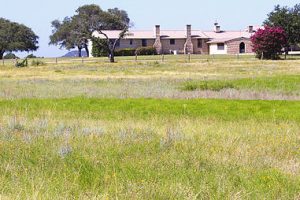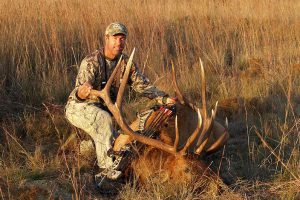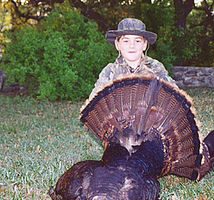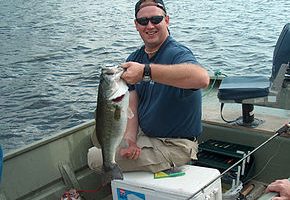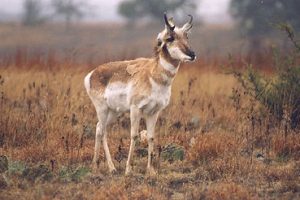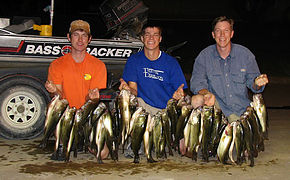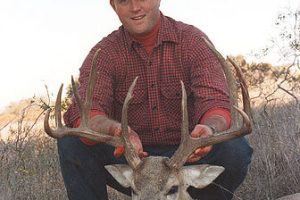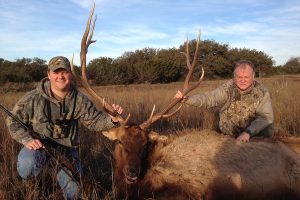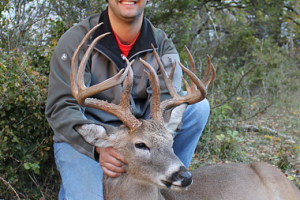The Flat Top Ranch has changed appearance many times over. Prior to the ranch’s establishment in 1879, the vast grasslands or prairie had become small farms and pastures for settlers and their livestock. The barbed wire fences confined and later condemned the grazing ability of the pronghorn antelope. The elk was pressured off the prairie and into the mountains, and the white tailed deer population diminished drastically to the point where the sighting of a deer was rare. The grassland was over grazed and soon weeds, and even worse brush, covered the landscape.
In 1938 Charles Pettit purchased the ranch and began enlarging the boundaries, but more importantly, he began a restoration program to restore the grasslands to their native condition. He was a pioneer in grassland conservation and his techniques have been admired and duplicated by many. Even though Mr. Pettit’s intentions were to create improved habitat for his livestock, the wildlife flourished as well. Improved soil provided more forage, and water wells and dams built for erosion control created an abundant supply of water.
Restocking of the ranch with indigenous wildlife was another of Mr. Pettit’s remarkable acts. The lakes were stocked with black bass, catfish, and perch. The pronghorn antelope was re-introduced, and white-tailed deer from south Texas were brought in during the mid-1940s. The white-tailed deer have flourished and carry on the genetics coveted by admirers of the species.
Today’s owner of Flat Top Ranch has maintained the original vision of range improvement set out by the founder, Mr. Pettit, and has carried it further by limiting the impact of cattle grazing on the grassland by remaining under stocked with livestock. The ranch is a venture in soil and water conservation through continuous rangeland restoration and erosion control from reservoirs. A game fence was constructed around the perimeter in 1991 enabling a management program for the wildlife. Both the Rocky Mountain elk and American bison were re-introduced to their native lands. Because the bison were belligerent to cattle fencing and threatening to the occasional pedestrian, the herd was later sold. However, the elk have flourished. The balance of domestic and wild animals is an ongoing management challenge.


